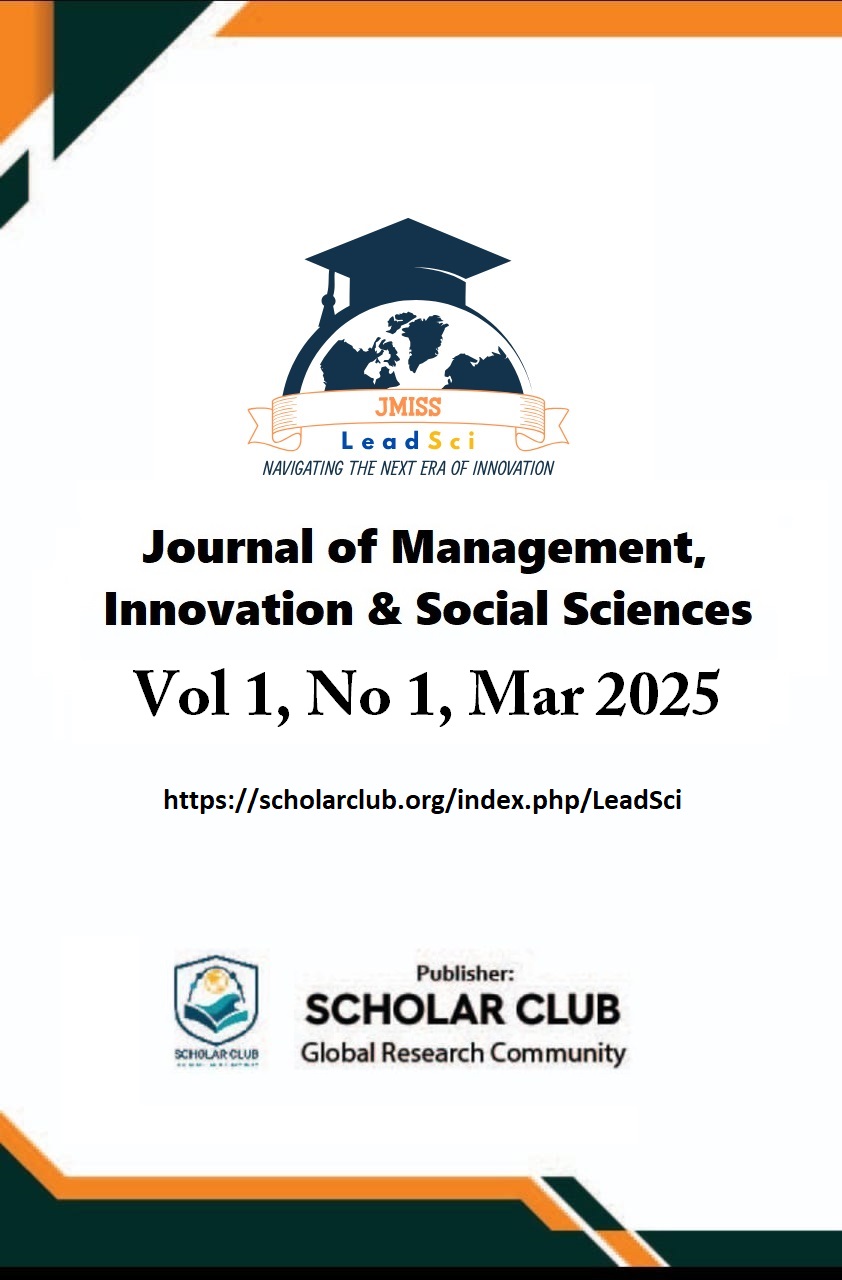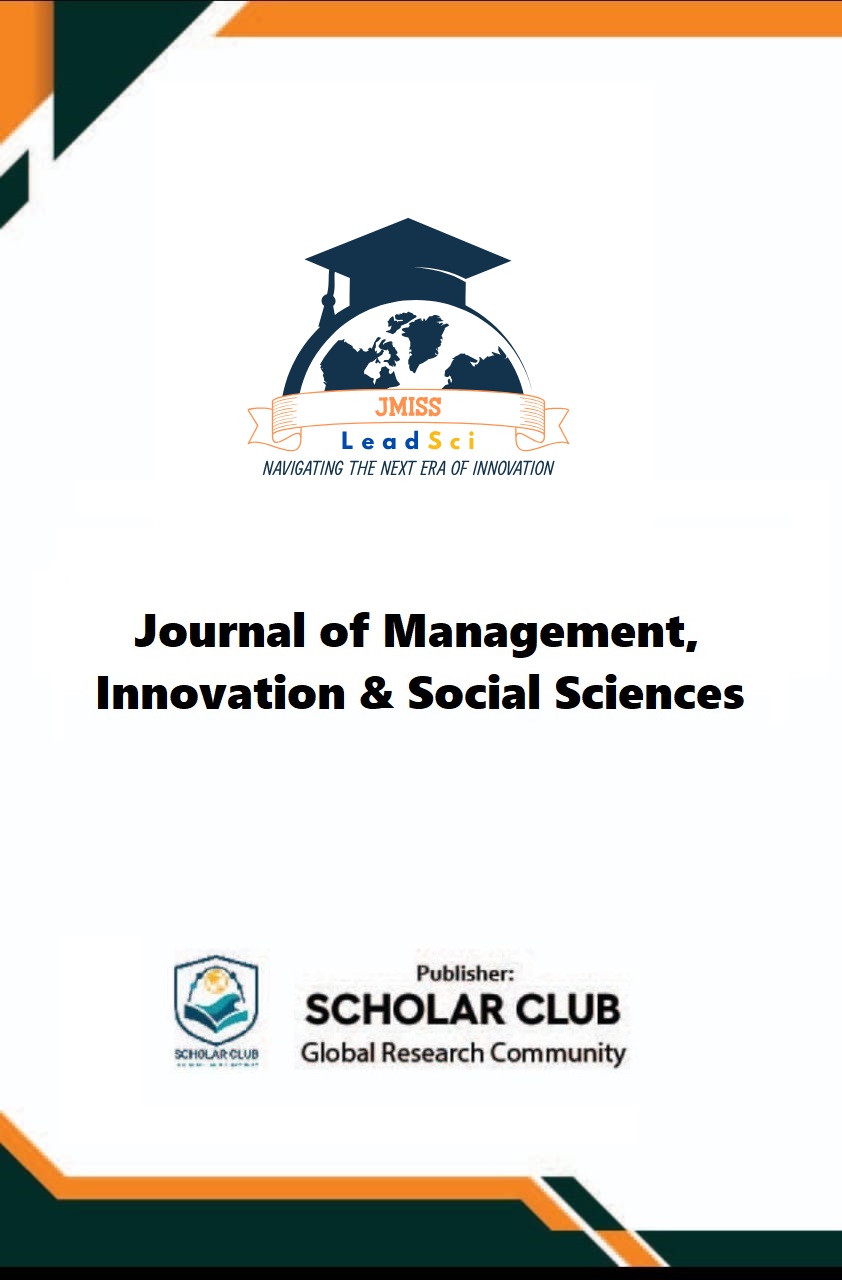Determinants and Health Impacts of Tobacco Use: A Quantitative Method Investigation in District Shahdadkot, Sindh, Pakistan
Abstract
Tobacco has deemed to be the source of income in many nations but has also been considered to be the significant public health concern in Pakistan, specifically in the regions where the healthcare access, education and income level are low. This study investigates the key determinants and self-reported health impacts of tobacco use among adults in District Shahdadkot, Sindh, using a quantitative cross-sectional design. Data were collected through structured questionnaires administered to a stratified random sample of 250 participants. The analysis reveals that tobacco use is especially prevalent among males (87.2%), individuals aged 26–35 (39.2%), and those with low levels of education and income. More than 44% of smokers earned below PKR 15,000 per month, with this group spending nearly 28.5% of their income on tobacco—an alarming figure that underscores the financial burden placed on already vulnerable households. Regression analysis showed a strong positive association between the numbers of cigarettes smoked per day and reported health symptoms, including chronic cough (71.2%), reduced stamina (74.8%), and frequent headaches (53.6%). Earlier initiation of smoking was linked with more severe health consequences, reinforcing concerns about adolescent vulnerability. Psychosocial factors such as stress relief, peer pressure, and family disapproval also influenced tobacco behavior, while nearly 72% of smokers had attempted to quit at least once. The study further revealed a significant opportunity cost associated with tobacco spending, especially for low-income users who sacrificed food, healthcare, and education to sustain their smoking habits. These findings call for localized and multidimensional tobacco control interventions that consider the socio-economic realities of rural populations. There is a pressing need for culturally sensitive education campaigns, economic support for cessation, and stronger policy enforcement targeting informal tobacco markets. This research contributes empirical evidence to inform public health policy, especially in resource-limited settings.
Downloads
Published
Issue
Section
License
Copyright (c) 2025 Journal of Management, Innovation and Social Sciences

This work is licensed under a Creative Commons Attribution 4.0 International License.







